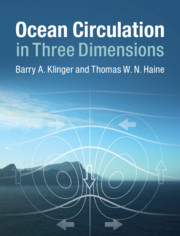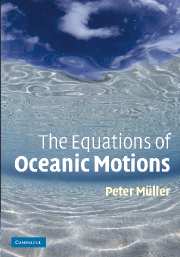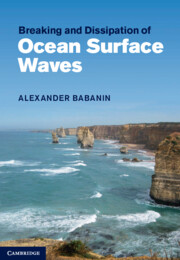Ocean Circulation in Three Dimensions
Notable advances of the last quarter-century have deepened our appreciation of the three-dimensional nature of the ocean's large-scale circulation. This circulation has important implications for ocean chemistry and biology, atmospheric science, and climate. Ocean Circulation in Three Dimensions surveys both observations and theories of the time-mean circulation, enabling readers to see the relevance and limitations of leading theories, as well as the patterns linking the behavior of different oceans. The book covers “classical” topics of horizontal circulation, and expands them to include shallow wind-driven overturning, the deep global “conveyer belt”, high latitudes, the role of eddies, and the ocean's role in heat transport. Solutions to exercises are available online for instructor use. This textbook is ideal for students of physical oceanography, chemical oceanography and climate. It is also suitable for readers from related fields as it includes a summary of introductory topics.
- Gives a broad overview of the ocean general circulation and some ways it influences climate
- Separate mathematical sections linked to conceptual sections give readers a choice of how deep a mathematical understanding they wish to achieve
- Has an innovative structure in which each chapter covers a topic in three parts: observational description, explanatory concepts, and mathematical theory supporting the concepts
Product details
March 2019Hardback
9780521768436
484 pages
253 × 192 × 24 mm
1.2kg
159 b/w illus. 31 maps 8 tables
Available
Table of Contents
- 1. Physical oceanography: methods and dynamical framework
- 2. Rotating and shallow water flow
- 3. Two-dimensional horizontal circulation
- 4. Surface and mixed layer properties
- 5. Depth-dependent gyre circulation
- 6. Equatorial circulation, shallow overturning, and up-welling
- 7. Eddies and small scale mixing
- 8. Deep meridional overturning
- 9. The Southern Ocean nexus
- 10. Arctic circulation
- 11. Heat flux, freshwater flux, and climate
- Appendix A. Data sources
- Appendix B. Vector calculus and spherical coordinates
- Appendix C. Tables of notation and useful values
- References
- Index.









